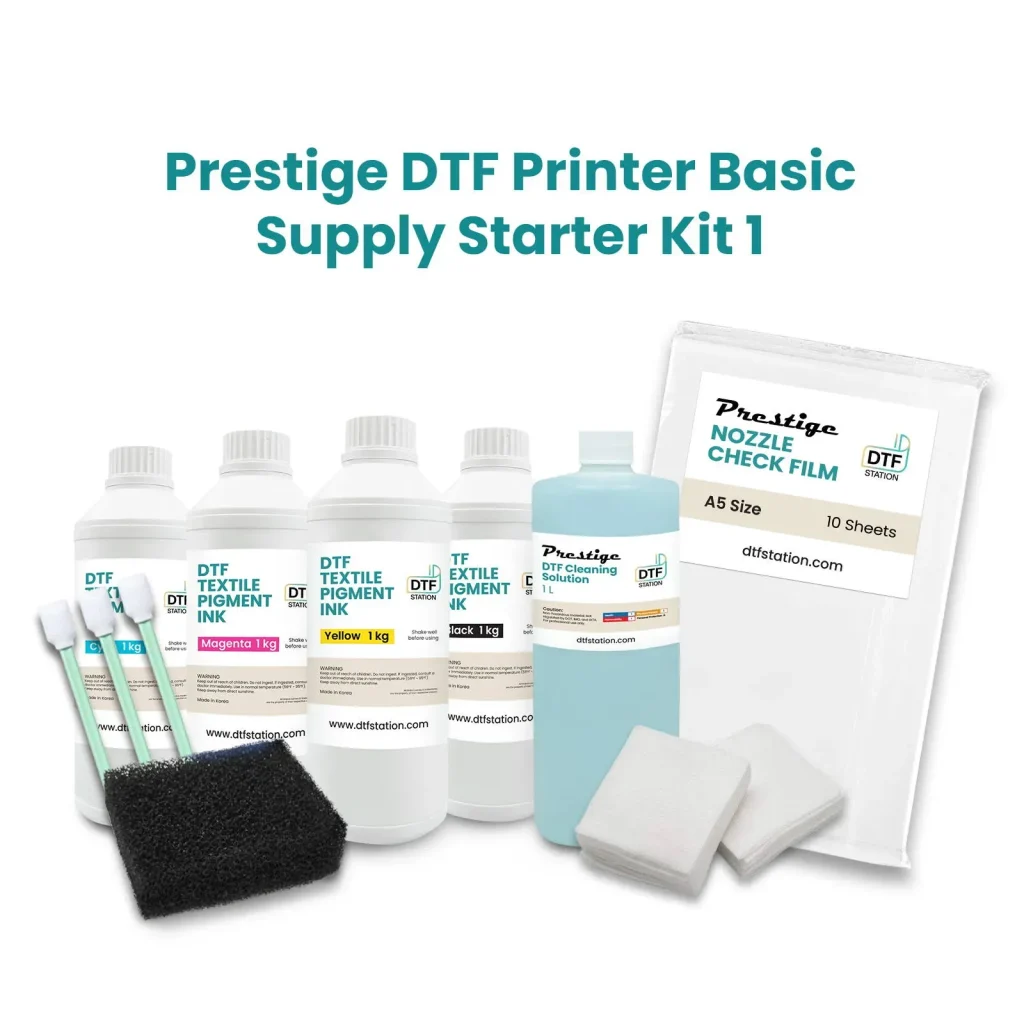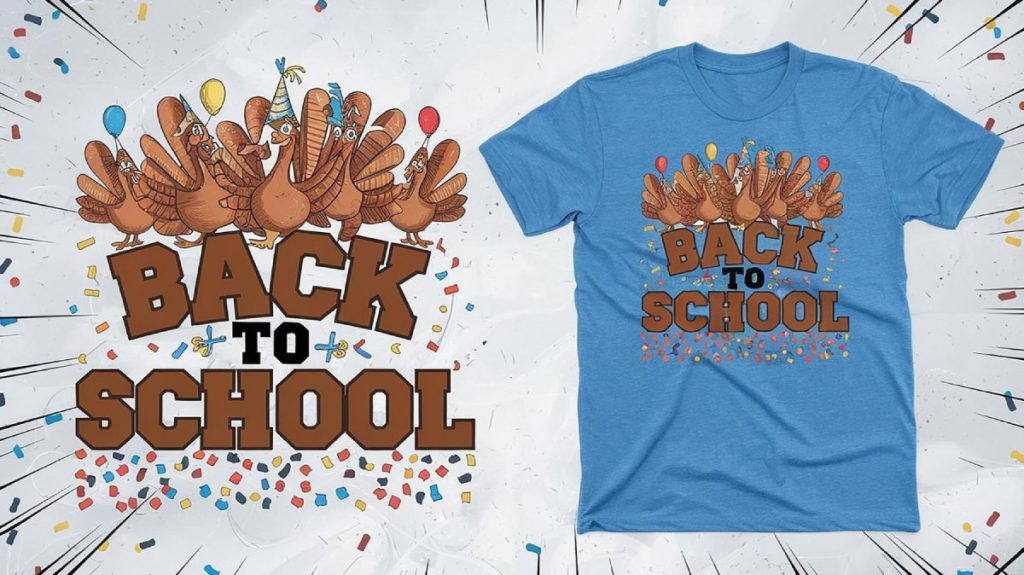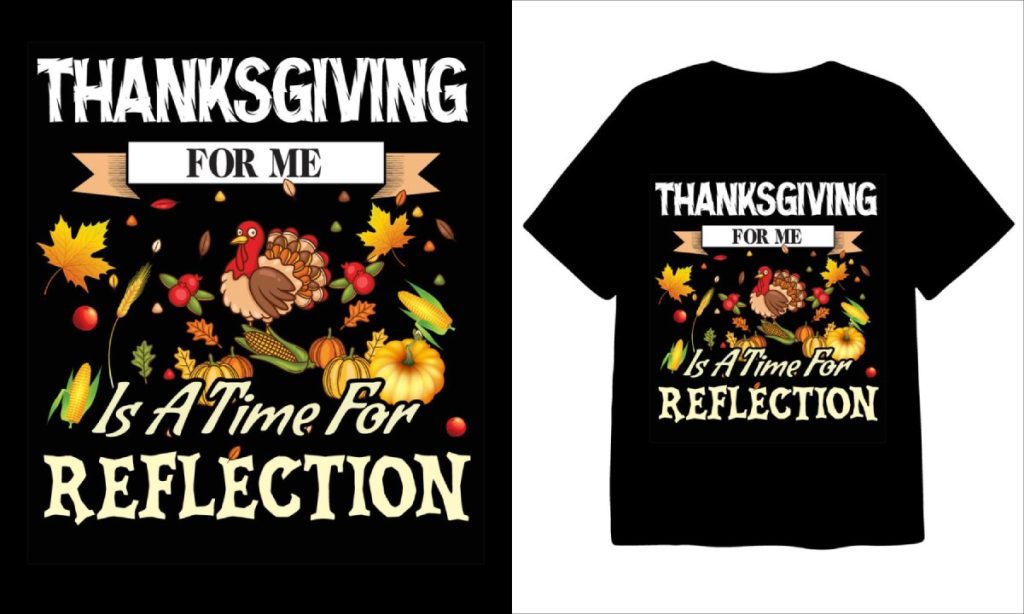DTF Supplies play a crucial role in the success of Direct-to-Film printing, which has transformed the custom apparel industry. This innovative process allows for vibrant colors and intricate designs to be transferred onto fabrics, making it essential for designers seeking high-quality results. However, to achieve outstanding outcomes, one must carefully select the best DTF printing supplies, including the best DTF transfer film and an ideal DTF ink selection. Additionally, the choice of adhesive powder for DTF applications and an effective heat press for DTF printing can significantly impact the final product. In this article, we will delve into the essentials of choosing the right DTF supplies for your printing projects and ensure that your creations become show-stopping masterpieces.
When embarking on a project involving Direct-to-Film techniques, it’s vital to understand the core components that contribute to a successful printing process. These supplies encompass a range of materials, including transfer films specifically designed for optimal image clarity, specialized inks that enhance color fidelity, and quality adhesive powders that guarantee durability. Furthermore, the type of heat application equipment used is paramount, ensuring proper temperature and pressure for effective adhesion to various fabrics. By exploring the nuances of these essential items, also known as DTF printing materials, creators can elevate their work and achieve professional results.
Essential DTF Printing Supplies You Need
When embarking on your DTF printing journey, it’s crucial to gather the right supplies to ensure optimal results. First, the primary items you’ll need include high-quality DTF transfer films that are specially designed to withstand the heat and pressure that DTF printing requires. These films should ideally be made from PET material, which is renowned for its durability and excellent printability. Additionally, having the right DTF ink is imperative as it influences not just the vibrancy of the colors but also how well the prints adhere to various fabric types.
Beyond just the inks and films, your printing setup should also include an efficient heat press for DTF printing. This machine is essential for ensuring that your transfers bond to the fabric effectively. A heat press with adjustable temperature and pressure settings will offer you the flexibility needed for different materials and film types, thus enhancing the quality of your prints. Make sure to complement your setup with adhesive powders, as these help bond the ink to the fabric during the heat transfer process.
Choosing the Best DTF Transfer Film
The quality of your transfer film significantly impacts the overall success of your DTF projects. It’s important to invest time in researching the best DTF transfer film available in the market. Look for films that are coated to facilitate high ink adhesion without bleed-through or fading during the transfer process. Many professionals recommend opting for films that are tested and verified for compatibility with your chosen ink and other printing supplies.
In addition, consider the thickness of the transfer film; a too-thin film may not withstand the heat press process, resulting in issues such as tearing or incomplete transfers. Conversely, films that are too thick might result in heavyweight transfers that could affect the feel and drape of the final product. Striking a balance in thickness is crucial, and it often helps to conduct preliminary tests to find the film that works best with your specific inks and fabric types.
Understanding DTF Ink Selection
Selecting the right DTF ink is another critical step in achieving impeccable results for your prints. DTF inks are specially formulated for this kind of printing, and they can dramatically affect the quality of the colors produced. High-quality inks will not only provide vibrant colors but also ensure that the designs last through multiple washes without fading. Many printers prefer water-based inks due to their eco-friendly nature and superior vibrancy; choosing inks designed specifically for DTF applications will likely yield the best outcomes.
Furthermore, each ink brand may have varying characteristics, such as viscosity and drying times, which can affect your workflow. It’s wise to consult with suppliers about which inks best complement the transfer films and powders you’ve chosen. Performing a side-by-side comparison of different inks can also provide insights into which will work best for your specific needs, allowing you to minimize waste and optimize the quality of your prints.
The Role of Adhesive Powder in DTF Printing
Adhesive powder is vital in the DTF printing process as it plays a fundamental role in ensuring that your designs adhere properly to the fabric. Selecting a high-quality adhesive powder is crucial; look for products specifically designed for use in DTF applications to ensure optimal bonding during the heat press process. The correct type of adhesive powder should facilitate a smooth transfer without leaving any residue or uneven patches on the fabric.
Application technique also matters when it comes to using adhesive powder. It’s essential to apply the powder evenly across the printed film to achieve a flawless transfer. Too little powder may lead to poor adhesion, while too much can create a rough texture on the finished garment. Mastering the right application method through practice and experimentation will set the foundation for successful DTF printing projects.
Investing in Quality Heat Press Equipment
A reliable heat press is one of the most significant investments you can make in your DTF printing business. The effectiveness of your heat press will directly impact the quality of your finished products, making features such as temperature control, pressure settings, and platens critical factors to consider. For DTF printing, a heat press that allows for excellent control over these variables will facilitate effective transfers across different fabrics and films.
Additionally, consider the size of the platen. A larger platen enables you to work with a variety of design sizes without limitations, thus enhancing your creativity and productivity. The ability to easily operate your heat press and fine-tune its settings will lead to consistently high-quality results, helping your custom prints to stand out in a competitive market.
Ensuring Fabric Compatibility for Optimal Results
In DTF printing, understanding fabric compatibility is crucial for achieving the best possible results. DTF technology is most effective on cotton, polyester blends, and some synthetic fabrics, which allow the inks and adhesives to bond effectively. However, certain fabric types, especially those that are highly stretchy or textured, can complicate the printing process and may lead to quality issues. Testing various fabric types before committing to larger projects can help you identify which materials work best with specific inks and films.
Additionally, it’s essential to consider the intended use of the fabric. For instance, if the garments will undergo frequent washing or wear, ensure that the chosen fabric can withstand repeated exposure to washing without damaging the print. This consideration becomes especially pertinent for production runs, where maintaining quality across multiple items is essential to customer satisfaction. Ultimately, making informed choices regarding fabric compatibility will enhance the resilience and aesthetic appeal of your DTF printed items.
Frequently Asked Questions
What are the essential DTF supplies needed for successful printing?
To achieve quality results in DTF printing, essential supplies include high-quality DTF printing supplies such as specialized transfer films, DTF inks, adhesive powder, and a reliable heat press for DTF printing. Each of these components plays a vital role in ensuring vibrant colors and durability in your final products.
How do I choose the best DTF transfer film for my projects?
Choosing the best DTF transfer film involves selecting high-quality PET films known for excellent transfer properties. Ensure the film has a special coating to optimize ink adhesion and heat transfer efficiency, which will enhance the clarity and vibrancy of your prints.
What types of DTF inks should I use for optimal results?
For optimal results, select specialized DTF inks that are compatible with your chosen transfer film and printer. Water-based DTF inks are particularly recommended due to their eco-friendly properties and ability to produce vibrant colors.
What should I look for in adhesive powder for DTF printing?
When selecting adhesive powder for DTF printing, look for high-quality low-melt powders that ensure a strong bond between the ink and fabric. Even application of the powder is crucial to prevent patches and achieve a smooth transfer.
How does the heat press impact my DTF printing results?
The heat press for DTF printing significantly impacts the final product by providing adjustable temperature and pressure controls. A heat press with appropriate platen size ensures flexibility for various design sizes and helps achieve consistent, high-quality transfers.
What types of fabric work best with DTF printing?
DTF printing generally works best on cotton, polyester blends, and synthetic materials. It’s important to test your chosen fabrics, especially stretchy materials, as they can yield unpredictable results without proper adjustments.
| Key Aspect | Considerations |
|---|---|
| Understanding DTF Printing | DTF printing uses special transfer films and heat-press technology for vibrant prints on a variety of fabrics. |
| Choosing Quality Films | Select high-quality PET films with special coatings to enhance ink adhesion and durability. |
| Ink Selection | Use specialized DTF inks, preferably water-based, for optimal color vibrancy and eco-friendliness. |
| Adhesive Powder | Opt for high-quality low-melt adhesive powders and apply evenly for best bonding results. |
| Heat Press Equipment | Choose a machine with adjustable temperature and pressure controls, and an appropriate platen size. |
| Fabric Compatibility | Ideal fabrics include cotton and polyester blends; test on stretchy fabrics. |
| Testing and Iteration | Conduct test prints on various settings to find the perfect combination for your supplies. |
Summary
DTF Supplies are essential components that can make or break your printing projects. Understanding the intricacies of DTF printing and selecting the right supplies is crucial for achieving high-quality and durable prints. From quality films and specialized inks to the right adhesive powders and heat press equipment, every choice impacts the final output. Furthermore, ensuring compatibility with fabrics and conducting iterative tests will refine your process, providing the best results. By focusing on these key elements, your DTF projects are sure to stand out, showcasing vibrant and detailed designs that captivate audiences.



